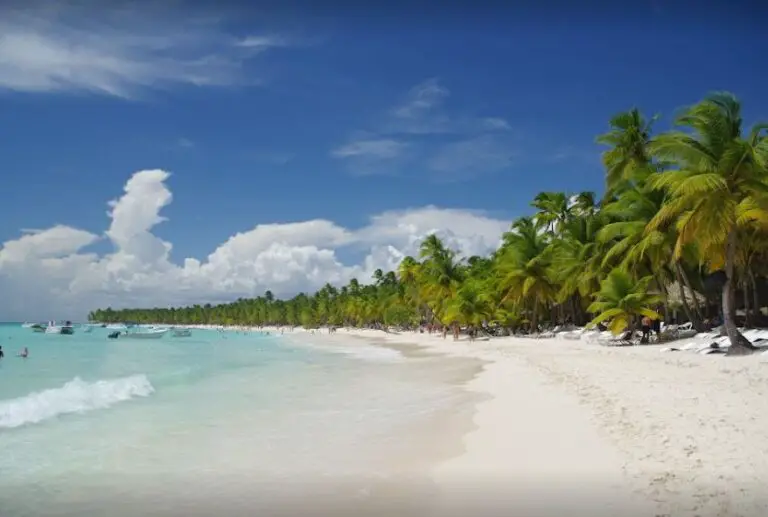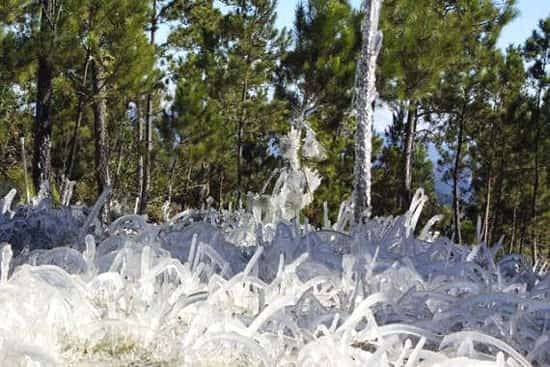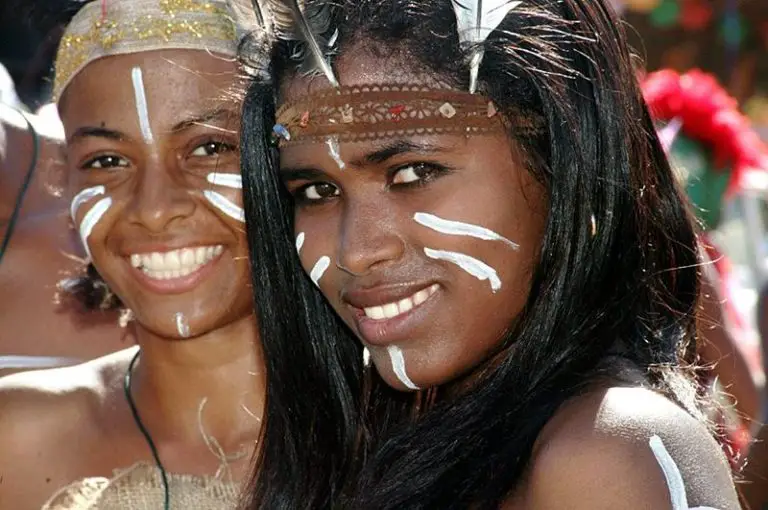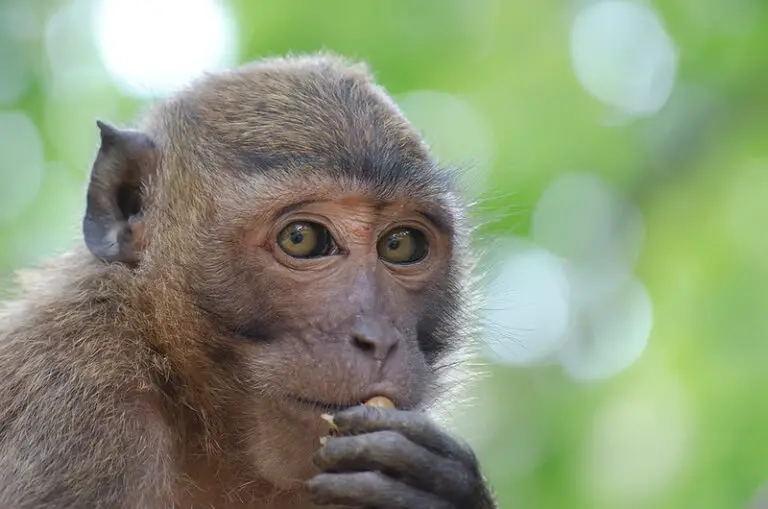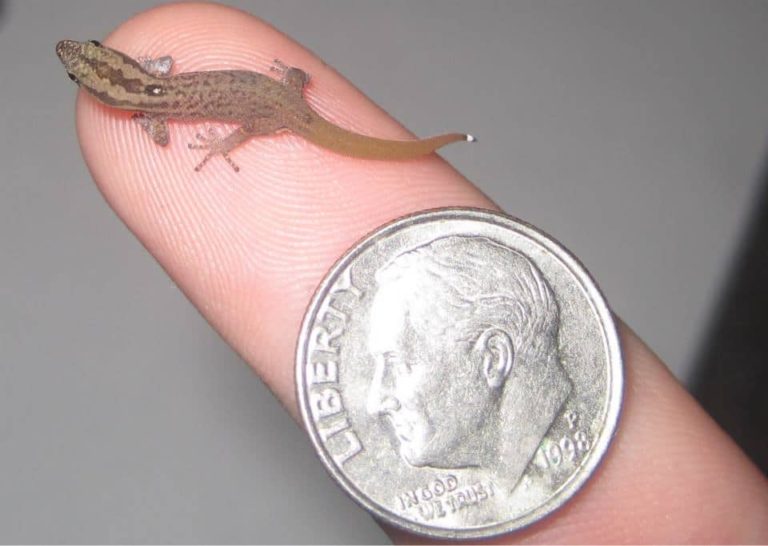Are There Venomous Snakes In The Dominican Republic?
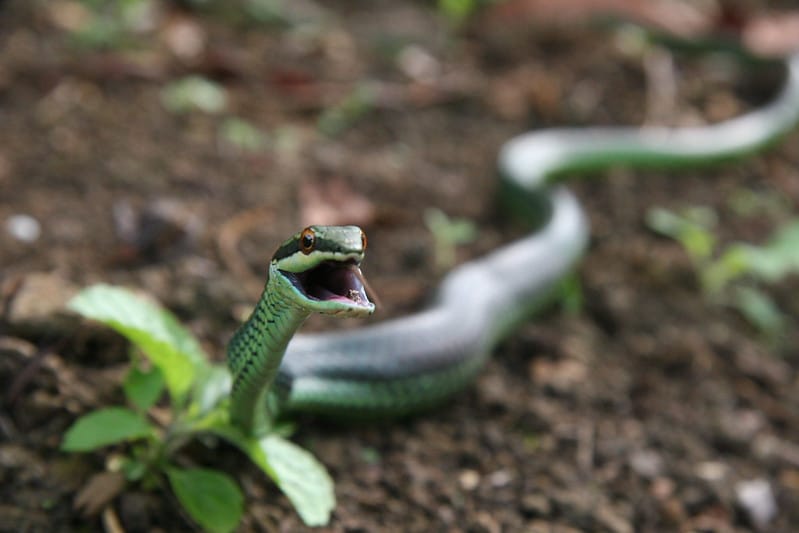
In the Dominican Republic, there are no poisonous snakes and therefore they do not represent a serious threat to people in the country. However, due to the great biodiversity of the Dominican Republic, there are several types of snakes that are harmless to man but help the native ecosystem by getting rid of pests such as rats.
In the Dominican Republic, there are two families of harmless snakes, “Los Boidos” and “Los Colibridos”.
In the family of the Boidos are the Boas, which is a calm or serene species and is oviparous, the females carrying the eggs inside. The Colibrids, are a faster and smaller family, being endemic of the Hispaniola Island.
They are also endemic and can be seen in forests of the East, South and Cibao region, species of the Hysirhychus, Laltris and Uromacer.
In this topic I will discuss the types of snakes native to the Dominican Republic and where they are found on the island.
Contents
Types of snakes in the Dominican Republic
In the Dominican Republic, there are three endemic species of “Culebras Verdes” (green snakes) with abundant populations in their respective habitats on the island.
Some of them can be found (Uromacer catesbyi) in the natural monument Salto de la Damajagua (27 Charcos de Damajagua) and another species (Uromacer oxyrhynchus) in the Botanical Garden of Santo Domingo.
All three species are docile, but bites from the Catesbyi species have been reported during handling. Some of those affected have said that they feel numbness in the area of the bite, which suggests that they are slightly toxins like other species of back teeth.
Uromacer oxyrhynchus
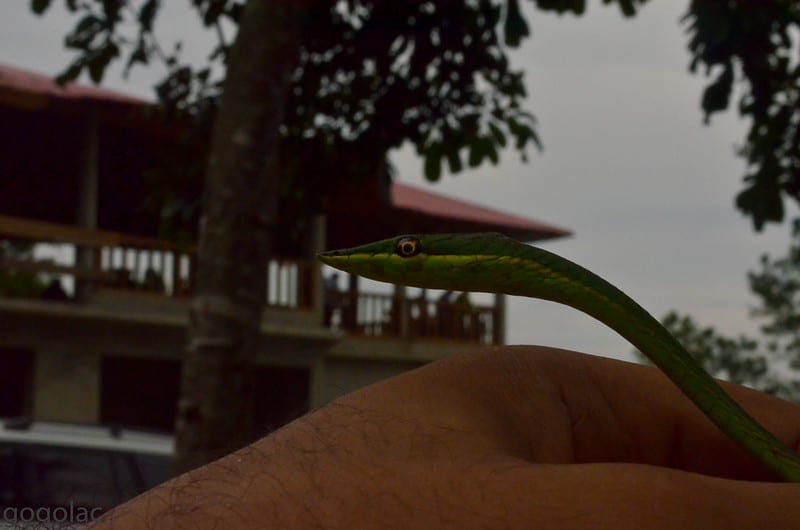
It’s a slender tree snake with a pointed snout. Its length is approximately 1,500 mm. This species presents color variation within the same population.
Some snakes are green all over, while others may be green above and below, or either grey or brown above and below. All colored varieties show a prominent white lateral line.
It is found in Haiti and the Dominican Republic and its satellite islands. Uromacer oxyrhynchus is very similar in appearance to Uromacer frenatus , its closest relative , but is generally larger.
In addition, the habitat ranges of Uromacer oxyrhynchus and U. frenatus are intertwined in a small area of the island in the deep south which helps in its identification. This species is found in both wet and dry areas and is common in acacia scrub.
Of the three species Uromacer the oxyrhynchus is the most specialized. It specializes in feeding on lizards of the genus Anolis which make up 80% of its diet.
It is a daytime snake and mainly arboreal although it can sometimes be found on the ground. It captures its prey using the strategy of alighting-waiting.
In captivity, they have lived up to almost 19 years.
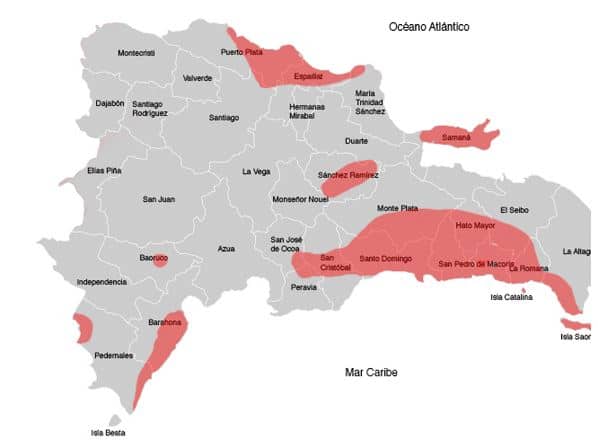
Uromacer catesbyi

Uromacer catesbyi is a green short-nosed snake, endemic to the island of Hispaniola and its satellite islands. The Uromacer catesbyi is evergreen, and its maximum length is approximately 830 mm (snout-slit). There are eight recognized subspecies of Uromacer catesbyi .
It has the widest distribution of the three species and is found on every island and its satellite islands. It prefers wooded habitats.
Of the three species of Uromacer, it is the easiest to identify due to its blunt head and short snout; the other species, oxyrhynchus and frenatus have pointed snouts. Uromacer catesbyi is also the only Uromacer species that is both terrestrial and arboreal.
This species is often found sitting on shrubs and low branches. It is both an active hunter and a sit-waiter. It is also the most widespread hunter of the Uromacer species as it feeds on frogs and lizards, while the oxyrhynchus and frenatus only feed on lizards.
Although it is docile it can bite, some people have reported a burning sensation in the area of the bite, suggesting that the species, like many snakes with back fangs, are slightly poisonous.
The catesbyi is entirely green unlike the other two uromacer species which have variations in colour.
This species is also diurnal and although it is arboreal it is often seen on the ground and in low bushes. Fighting between individuals is frequent in this species.
Uromacer catesbyi catesbyi Schlegel
Uromacer catesbyi cereolineatus Schwartz
Uromacer catesbyi frondicolor Schwartz
Uromacer catesbyi hariolatus Schwartz
Uromacer catesbyi inchausteguii Schwartz
Uromacer catesbyi insulaevaccarum Schwartz
Uromacer catesbyi pampineus Schwartz
Uromacer catesbyi scandax Dunn
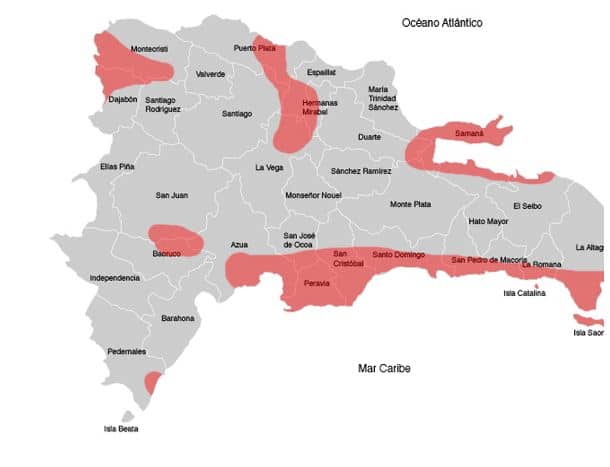
Uromacer frenatus
also known as a pointed snake, is a slender snake with a very pointed snout. The Uromacer frenatus may show colour variation within a single population.
Its back may be green, brown, grey or brown, and its belly may be tan, brown or grey. Its maximum length (snout-sloaca) is recorded at 930 mm .
It is found both in the Dominican Republic and Haiti, although its range is limited more or less to the deep south of the Dominican Republic. It has been found as high as 915 m above sea level and lives in both wet and dry environments.
Uromacer frenatus is very similar in appearance to oxyrhynchus U. which is also its closest relative. It differs from U. oxyrhynchus because its body and snout are less elongated. Uromacer catesbyi is its closest relative.
Uromacer frenatus is diurnal and arboreal, although it is often found near the ground or even on the ground it sleeps on fine branches. It is a huntress that uses the technique of sit-and-run and specializes in Anolis , Ameiva and Leiocephalus .

Epicrates Striatus

The Hispaniolan boa (Epicrates striatus), also known as the Javanese snake, is a species of snake in the Boidae family (boas) and is endemic to the Bahamas, Bimini Islands and Hispaniola.
It is the largest of the snake species that inhabit our island. It is the most intimidating because of its size, but it is totally harmless and not poisonous.
It is harmless and has an important role in our environment, as it serves as biological pest control in agriculture.
Adults can reach between two and two and a half meters in length. Males are smaller than females. Their dorsal coloration may be pale brown, gray or dark red, and they have oval or angular spots of cinnamon, gray, or brown with black borders.
Boas inhabit different environments on our island but are more common in pine forests, tropical forests with dense vegetation, high grass lands and caves. As they are good swimmers, they also live near rivers and ponds.
They are nocturnal animals, and during the day they remain hidden in mounds of vegetation, hollow trunks, limestone cracks, or tree branches. They feed on small vertebrates such as rodents, lizards and small birds.
The young are born inside eggs inside the mother, and after a gestation period of 190 to 215 days, they come out through the sewer. A female can have more than 25 offspring in one hatch.
Are there Anacondas or water snakes in the Dominican Republic?
The anaconda is one of the top predators that exist in some countries of and South America, it appears in the zone of tropical rivers, although in the Dominican Republic, there are many tropical rivers, there are not any species of Anaconda in the Dominican Republic.
There are also no aquatic snakes in the Dominican Republic, the common snakes that I have just shown in this topic are generally found on land or in the trees.

